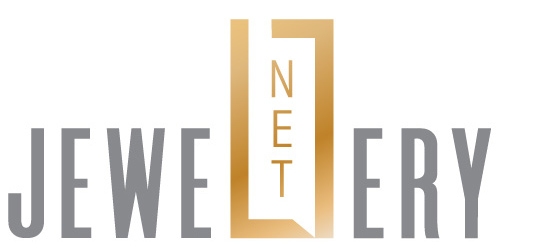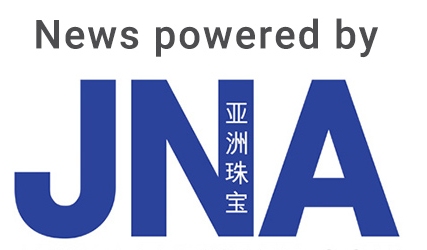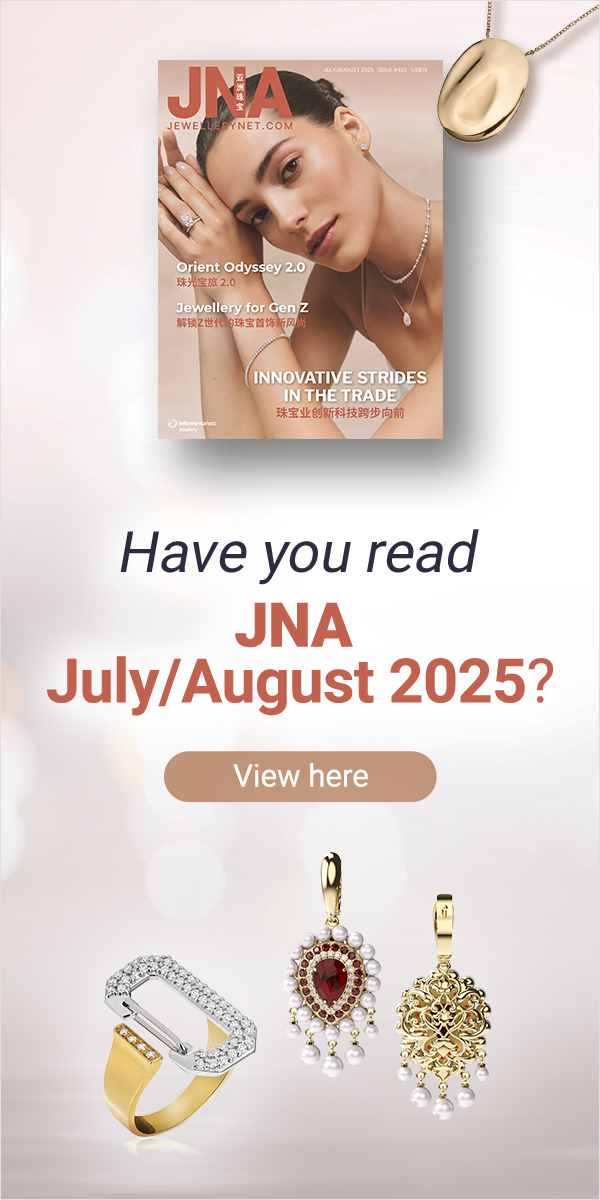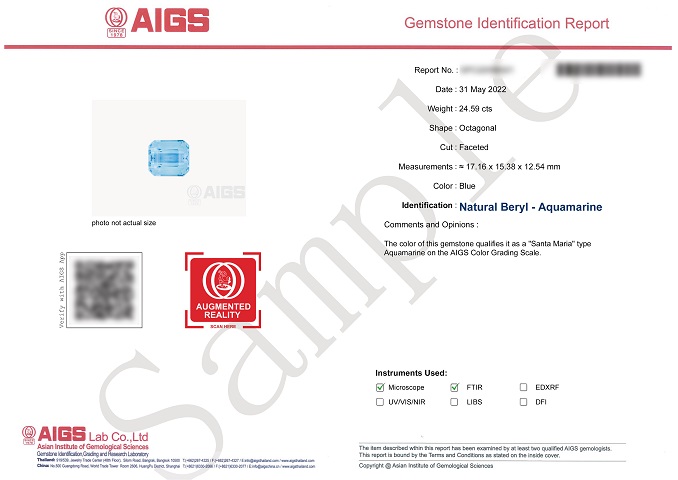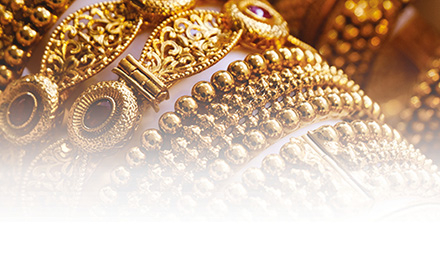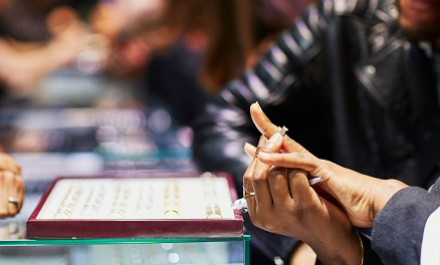The Asian Institute of Gemological Sciences (AIGS) has introduced grading reports for Santa Maria aquamarines, setting clear colour standards for the trade name.
Aquamarines usually come in lighter tones and range from greenish-blue to blue-green. According to AIGS, most aquamarines in the market have been heated to obtain rich, intense colours. Eye-clean, unheated aquamarines are thus highly sought after due to their rarity.
AIGS grades as Santa Maria those aquamarines with a blue colour in medium saturation and without brown or yellow tints. Aquamarines with low saturation, low clarity and dark tones do not meet the Santa Maria criteria.
The trade name refers to the colour of aquamarines from the Santa Maria de Itabira mine in Minas Gerais, Brazil, which is now almost depleted. AIGS’ Santa Maria code refers only to the stone’s colour and not its geographic origin.
Brazil is a leading source of aquamarines. The best aquamarines from Brazil have a brilliant blue colour, high clarity and good crystal forms. Afghanistan, Pakistan, Mozambique, Nigeria, Zambia, Madagascar, Myanmar and China also produce aquamarines.
AIGS’ introduction of a colour code for Santa Maria aquamarines and its launch of Jedi spinel grading reports last October underscore the importance of establishing standards for gemstone trade names, according to AIGS Chairman Kennedy Ho.
“Trade names such as Pigeon Blood and Royal Blue have been used for centuries by gem traders to describe ideal colours, implying value and rarity. Yet these trade names are often ambiguous, with definitions varying among buyers and sellers. By transforming trade names into an industry standard through reports graded with third-party objectivity, AIGS aims to reduce such ambiguity,” Ho explained.
